Home>Garden Essentials>Garden Storage>What Is A Wardrobe Assistant
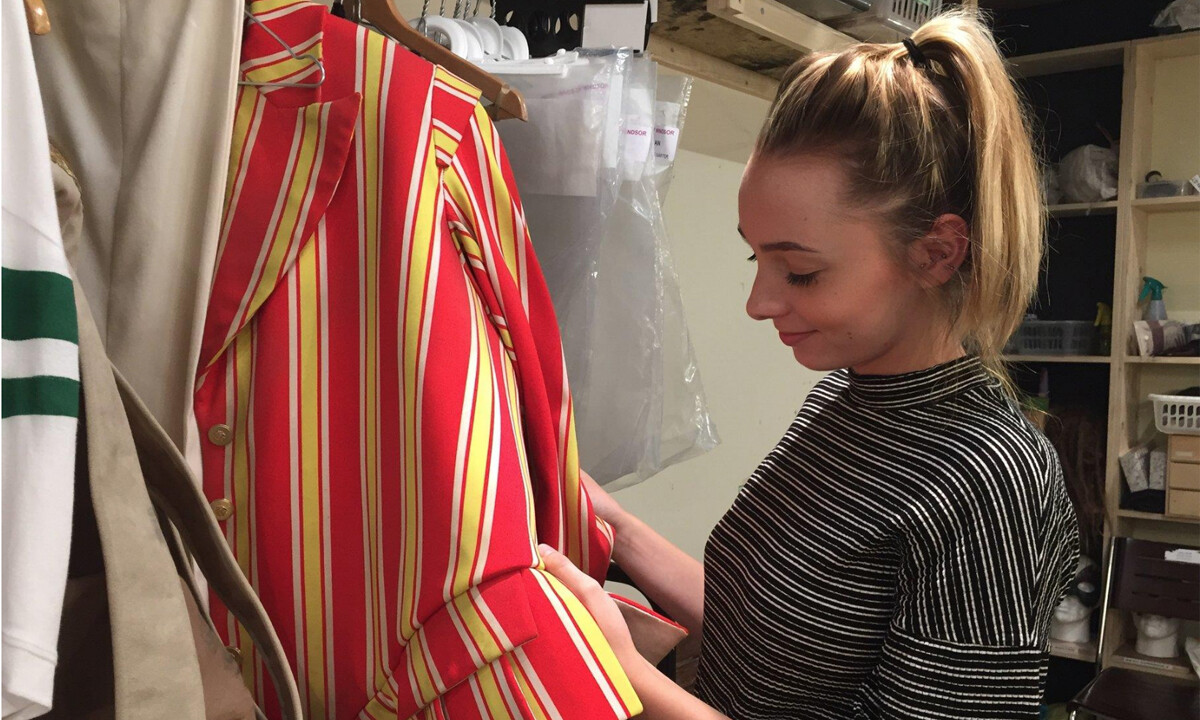

Garden Storage
What Is A Wardrobe Assistant
Modified: January 5, 2024
Discover the role of a wardrobe assistant in the entertainment industry and how they contribute to the organization and storage of costumes.
(Many of the links in this article redirect to a specific reviewed product. Your purchase of these products through affiliate links helps to generate commission for Storables.com, at no extra cost. Learn more)
Introduction
A wardrobe assistant plays a crucial role in the world of fashion, film, television, and theater. They are the unsung heroes behind the scenes, working tirelessly to ensure that the cast and crew look their best. A wardrobe assistant is responsible for providing professional assistance to wardrobe stylists and costume designers, ensuring that costumes are properly maintained, organized, and ready for use.
In this article, we will explore the role and responsibilities of a wardrobe assistant, the skills and qualifications required, and the importance of collaboration with wardrobe stylists and costume designers. We will also delve into the various on-set duties of a wardrobe assistant, including wardrobe management, costume and wardrobe maintenance, and effective communication and problem-solving.
Whether you have aspirations of becoming a wardrobe assistant or simply want to gain a better understanding of this behind-the-scenes role, this article will provide valuable insight into the world of wardrobe management and the integral role that wardrobe assistants play.
Key Takeaways:
- Wardrobe assistants are unsung heroes behind the scenes, responsible for managing, maintaining, and dressing costumes for film, television, and theater productions. Their diverse skill set and collaboration with stylists and designers ensure seamless and visually stunning productions.
- Effective communication, problem-solving, and attention to detail are essential for wardrobe assistants to handle on-set duties, maintain wardrobe items, and resolve costume-related challenges. Their dedication and expertise contribute to the success of the production.
Read more: What Is Google Home Assistant
Responsibilities of a Wardrobe Assistant
A wardrobe assistant has a wide range of responsibilities that contribute to the overall success of a production. They are tasked with organizing, maintaining, and managing the costumes and wardrobe items used by the cast and crew. Let’s explore some of the key responsibilities of a wardrobe assistant:
- Assisting with costume fittings: A wardrobe assistant helps the costume designer or wardrobe stylist during fittings by providing assistance with dressing and undressing the actors. They ensure that each costume fits properly and looks aesthetically pleasing.
- Preparing costumes for production: A wardrobe assistant is responsible for preparing costumes for the production. This includes steaming or ironing the costumes to remove wrinkles, making any necessary alterations or repairs, and ensuring that all accessories are properly fitted.
- Managing costume inventory: Keeping track of the costumes and wardrobe items is an essential part of a wardrobe assistant’s role. They maintain a detailed inventory of all costumes and accessories and ensure that they are stored and organized properly.
- Dressing actors during productions: During filming or live performances, a wardrobe assistant is responsible for dressing and undressing the actors in a timely manner. They ensure that the actors are ready for their scenes and make any necessary adjustments throughout the performance or shoot.
- Assisting with quick changes: Quick costume changes are common in theater and film productions, and a wardrobe assistant plays a vital role in making these changes as smooth as possible. They assist the actors in quickly changing costumes and make any necessary adjustments on the spot.
- Handling costume repairs: Costumes can get damaged or ripped during performances or filming, and a wardrobe assistant is responsible for handling repairs. They have basic sewing skills and can mend costumes on the go, ensuring that the show goes on without any wardrobe malfunctions.
- Keeping costumes clean: Maintaining the cleanliness of the costumes is essential. A wardrobe assistant ensures that the costumes are regularly cleaned and kept in pristine condition. They follow proper cleaning instructions and work with costume designers and laundry professionals to ensure the longevity of the costumes.
These are just a few of the many responsibilities that a wardrobe assistant takes on. Their attention to detail, organization skills, and ability to work efficiently under pressure make them a valuable asset to any production.
Skills and Qualifications
To excel as a wardrobe assistant, there are several skills and qualifications that are highly beneficial. While specific requirements may vary depending on the industry and production, here are some key skills and qualifications that are generally sought after:
- Knowledge of fabrics and costumes: A wardrobe assistant should have a good understanding of different fabrics, their properties, and how they are used in costumes. This knowledge helps in handling and maintaining costumes appropriately.
- Strong organizational skills: Wardrobe assistants are responsible for managing a large number of costumes and accessories. Excellent organizational skills are crucial to keep track of inventory, maintain a well-organized wardrobe, and ensure quick and efficient costume changes.
- Attention to detail: The ability to pay close attention to details is vital for a wardrobe assistant. They need to ensure that costumes are properly fitted, accessories are in place, and everything looks perfect before actors step on stage or in front of the camera.
- Good communication skills: Wardrobe assistants work closely with costume designers, wardrobe stylists, actors, and other members of the production team. Effective communication skills are essential in understanding and executing instructions, collaborating with others, and resolving any costume-related issues.
- Basic sewing skills: While not always a requirement, having basic sewing skills is beneficial for a wardrobe assistant. This allows them to make minor alterations and repairs to costumes on the spot, ensuring the smooth flow of production without delays.
- Ability to work under pressure: Wardrobe assistants often work in fast-paced environments such as live performances or film sets, where quick changes and last-minute adjustments are common. The ability to stay calm and work efficiently under pressure is essential to ensure seamless costume changes and resolve any wardrobe emergencies.
- Flexibility and adaptability: Each production may have its own unique requirements and demands. Wardrobe assistants need to be flexible and adaptable, willing to take on various tasks and roles as needed to support the production and the wardrobe team.
- A keen eye for fashion and style: A sense of fashion and style is valuable in assisting with costume fittings and ensuring that the overall look and aesthetic of the costumes align with the production’s vision.
While formal education in fashion or costume design can be advantageous, practical experience and a passion for the industry are often considered equally important qualifications for a wardrobe assistant. Many individuals start as interns or assistants and learn on the job, gaining valuable experience and industry knowledge.
By possessing these skills and qualifications, a wardrobe assistant can thrive in their role, contribute to the success of productions, and further develop their career in the fascinating world of costume and wardrobe management.
Collaboration with Wardrobe Stylists and Costume Designers
A wardrobe assistant plays a vital role in collaborating with wardrobe stylists and costume designers to bring their creative visions to life. This collaboration is essential for a successful production, as it ensures that the costumes accurately reflect the characters or themes while considering practicality and functionality. Let’s explore how a wardrobe assistant collaborates with wardrobe stylists and costume designers:
- Understanding the vision: A wardrobe assistant works closely with wardrobe stylists and costume designers to understand their vision for the production. They listen to their ideas, review sketches or mood boards, and discuss the overall aesthetic that is desired.
- Researching and sourcing costumes: Once the concept is established, a wardrobe assistant assists in researching and sourcing the required costumes. This may involve visiting costume rental houses, vintage shops, or collaborating with costume makers to find the perfect pieces.
- Assisting with fittings: During costume fittings, a wardrobe assistant is present to support the wardrobe stylist or costume designer. They provide assistance in dressing the actors, ensuring that the costumes fit properly and achieve the desired look.
- Providing feedback and suggestions: A wardrobe assistant may offer constructive feedback or suggestions during fittings or when selecting costumes. They provide insights based on their knowledge of fabrics, practicality, and visual appeal, helping to create cohesive and impactful costumes.
- Maintaining the wardrobe: Throughout the production, a wardrobe assistant communicates closely with the wardrobe stylist and costume designer regarding any changes, alterations, or additions needed for the costumes. They play an active role in keeping the wardrobe updated and adhere to the creative direction.
- Collaborating on costume changes: Quick changes and costume adjustments often occur during the production. A wardrobe assistant works alongside the wardrobe stylist and costume designer to strategize and execute smooth costume changes, ensuring that the narrative is uninterrupted.
- Resolving wardrobe-related issues: In the event of any wardrobe malfunctions or last-minute changes, a wardrobe assistant collaborates with the wardrobe stylist and costume designer to quickly resolve the issue. They may provide creative solutions, make necessary alterations on the spot, or source replacement costumes if needed.
- Adapting to changes in the creative process: Productions may experience changes in the creative process, such as alterations in character development or storyline. A wardrobe assistant remains flexible and adaptable, collaborating with the wardrobe stylist and costume designer to make the necessary adjustments to the costumes.
This close collaboration between a wardrobe assistant, wardrobe stylists, and costume designers ensures the seamless integration of costumes into the production. It allows for effective communication, the exchange of ideas, and the realization of the creative vision, resulting in visually stunning and impactful costumes that enhance the overall production. Through their collaboration, wardrobe assistants contribute to the success and esthetic appeal of the costumes on stage or on screen.
On-Set Duties
When it comes to on-set duties, a wardrobe assistant is a vital presence. They are responsible for ensuring that all costumes are ready and well-maintained for each scene or shot. The following are some of the important on-set duties performed by a wardrobe assistant:
- Preparing costumes for the shoot: Prior to the start of filming, a wardrobe assistant prepares all of the costumes for the shoot. This includes steaming or ironing them to remove any wrinkles and ensuring that they are in pristine condition.
- Assisting with costume changes: During filming, quick costume changes may be required. A wardrobe assistant is there to assist the actors in changing their costumes efficiently and in a timely manner. They make sure that the costumes fit properly and provide any necessary assistance or adjustments during the process.
- Maintaining continuity: Consistency in costumes is crucial to maintain continuity throughout the production. A wardrobe assistant closely monitors the costumes, ensuring that they remain consistent from scene to scene. They take detailed notes and photographs to ensure that every costume detail is accurately replicated for future shots.
- Handling wardrobe emergencies: On set, unexpected wardrobe emergencies can occur, such as a costume tearing or an accessory getting damaged. A wardrobe assistant quickly assesses the situation and takes appropriate action, such as making temporary repairs or arranging for a replacement costume or accessory if necessary.
- Managing accessory inventory: In addition to costumes, a wardrobe assistant manages the inventory of accessories, including jewelry, hats, shoes, and props. They ensure that the accessories are available when needed and properly accounted for after each use.
- Assisting with hair and makeup: A wardrobe assistant may also be involved in assisting the hair and makeup team. They ensure that the costumes, hairstyles, and makeup all align harmoniously to create a cohesive and visually striking look for the actors.
- Helping with actor comfort: Actors spend long hours on set, which can be physically demanding. A wardrobe assistant assists with ensuring the comfort of the actors by adjusting costumes, providing necessary support garments, and addressing any issues related to costume fit or functionality.
- Working with the production team: A wardrobe assistant collaborates closely with other members of the production team, such as the director, cinematographer, and production coordinator. They communicate any costume-related updates or issues to ensure that the team is well-informed and can make necessary adjustments as needed.
A wardrobe assistant’s role on-set is multidimensional, requiring attentiveness, adaptability, and a keen eye for detail. They play a crucial role in maintaining the integrity of the costumes and ensuring that the actors look their best, contributing to the overall success of the production.
A wardrobe assistant is responsible for organizing, maintaining, and preparing costumes for a production. They should have strong attention to detail and be able to work efficiently under pressure.
Read more: What Is Better: Alexa Or Google Assistant?
Wardrobe Management
Effective wardrobe management is an essential aspect of a wardrobe assistant’s role. It involves the proper organization, maintenance, and documentation of all costumes and wardrobe items. Here are some key elements of wardrobe management:
- Inventory management: A wardrobe assistant maintains a detailed inventory of all costumes, accessories, and props. They keep track of the quantity, condition, and location of each item, ensuring that all costumes are accounted for and readily accessible.
- Organizing costumes: A well-organized wardrobe is crucial for efficient costume changes and smooth on-set operations. A wardrobe assistant utilizes various methods, such as racks, storage boxes, or garment bags, to keep costumes organized and easily identifiable.
- Tracking costume usage: During a production, multiple actors may wear the same costume. A wardrobe assistant keeps track of which actors have worn which costumes and which scenes or shots they were used in. This ensures continuity and avoids duplicate use without proper cleaning or alterations.
- Cleaning and maintenance: Costume cleanliness is essential for both hygiene and the longevity of the costumes. A wardrobe assistant follows proper cleaning and maintenance protocols for each costume, whether it requires dry cleaning, hand washing, or spot cleaning. They also make any necessary repairs or alterations to ensure that the costumes remain in excellent condition.
- Accessories and props management: In addition to costumes, a wardrobe assistant is responsible for managing accessories and props related to the costumes. They ensure that all necessary accessories are readily available and properly stored, making it easy to locate and incorporate them into the costumes.
- Documentation and record-keeping: Keeping detailed records is vital for wardrobe management. A wardrobe assistant maintains thorough documentation of all costumes, including descriptions, measurements, and any alterations or modifications made to the costumes. This information serves as a valuable reference for future productions or to provide continuity if reshoots are required.
- Collaboration with costume designers and stylists: A wardrobe assistant collaborates closely with costume designers and wardrobe stylists to understand their vision for the production. They work together to ensure that the wardrobe is organized and aligned with the creative direction, making any adjustments or modifications as needed.
- Budget tracking: A wardrobe assistant often works within a budget. They track costs associated with costume rentals, purchases, alterations, and cleaning to ensure that the budget is properly managed and adhered to.
Overall, effective wardrobe management is crucial for maintaining the quality and integrity of the costumes, ensuring smooth operations on set, and contributing to the overall success of the production. A wardrobe assistant’s attention to detail, organizational skills, and dedication to proper wardrobe management are essential in creating a seamless and visually stunning production.
Costume and Wardrobe Maintenance
Maintaining costumes and wardrobe items is a crucial aspect of a wardrobe assistant’s role. Proper maintenance helps to preserve the quality of the costumes, prolong their lifespan, and ensure that they always look their best. Here are some key aspects of costume and wardrobe maintenance:
- Cleaning: Costumes need to be kept clean and fresh for each use. A wardrobe assistant follows appropriate cleaning techniques based on the fabric and care instructions provided by the costume designer. This may involve dry cleaning, hand-washing, or spot cleaning to remove any stains, odors, or dirt accumulated during filming or performances.
- Repair and alterations: Costumes can endure wear and tear during productions. A wardrobe assistant possesses basic sewing skills and is skilled in making minor repairs and alterations as needed. This includes fixing loose seams, replacing buttons, repairing tears, and adjusting lengths or sizes for a better fit.
- Storage and organization: Proper storage is essential to ensure that costumes remain in good condition when not in use. A wardrobe assistant takes care to hang costumes on appropriate hangers, use archival storage boxes for delicate items, and protect costumes from dust and sunlight. Organizational systems, such as labeling and categorizing costumes, make it easier to locate and access specific items as required.
- Appropriate handling: Handling costumes with care is important to prevent damage. A wardrobe assistant ensures that costumes are handled gently, avoiding rough handling or excessive pulling that could cause seams or fabric to weaken or tear.
- Quality control: Before and after each use, a wardrobe assistant inspects costumes for any signs of damage or wear. This allows them to address issues promptly and mitigate any potential problems that could arise during filming or performances.
- Proper storage of accessories and props: Accessories, such as jewelry, hats, and shoes, also require proper maintenance. A wardrobe assistant ensures that these items are stored separately from costumes and that they are cleaned, repaired, or replaced as needed.
- Documenting changes and alterations: Any modifications made to the costumes should be documented by the wardrobe assistant. This includes alterations, repairs, or additions to the costumes or accessories. Accurate documentation helps to maintain a historical record of changes and ensures consistency in future uses of the costumes.
- Collaboration with wardrobe stylists and costume designers: A wardrobe assistant works closely with wardrobe stylists and costume designers to address any issues or concerns related to costume maintenance. They share information regarding the conditions or requirements of the costumes and seek guidance or clarification if needed.
By prioritizing costume and wardrobe maintenance, a wardrobe assistant helps to ensure that costumes remain in excellent condition and are always ready for use. Their attention to detail, repair skills, and commitment to proper care and storage contribute to the longevity and visual appeal of the costumes throughout the production.
Communication and Problem Solving
Effective communication and problem-solving skills are crucial for a wardrobe assistant to excel in their role. They must be skilled communicators and adept at finding solutions to any costume-related issues that may arise. Here are some important aspects of communication and problem-solving for a wardrobe assistant:
- Collaborating with the production team: A wardrobe assistant works closely with the production team, including directors, producers, and other crew members. Effective communication is vital to understand their expectations and ensure that the costumes align with the overall vision of the production.
- Clear and concise communication: A wardrobe assistant must be able to clearly and concisely convey information and instructions to actors, wardrobe stylists, costume designers, and other team members. This includes discussing costume requirements, conveying any changes or alterations, and addressing any concerns or issues related to the costumes.
- Active listening: Listening skills are crucial for a wardrobe assistant. They need to actively listen to instructions, feedback, and suggestions from costume designers, stylists, and actors to ensure that their needs and preferences are understood and incorporated into costume decisions and fittings.
- Problem-solving skills: Wardrobe assistants encounter various challenges throughout a production, such as costume malfunctions, last-minute changes, or unexpected alterations. They must be skilled problem solvers, able to quickly assess the situation, explore possible solutions, and implement effective resolutions to ensure that the production runs smoothly.
- Flexibility and adaptability: Productions often require flexibility and adaptability due to changes in storyline, actor availability, or creative choices. A wardrobe assistant must be able to quickly adjust costume plans, make necessary alterations, and communicate changes effectively to ensure that all team members are on the same page.
- Resolving conflicts: Occasionally, conflicts may arise between actors, production members, or wardrobe items. A wardrobe assistant should possess conflict resolution skills to address and resolve any issues calmly and professionally, ensuring a harmonious working environment.
- Attention to detail: The ability to notice the smallest details is important for a wardrobe assistant. Whether it’s identifying a missing accessory or noticing a costume inconsistency, their keen eye for detail helps to maintain the integrity and authenticity of the costumes throughout the production.
- Working under pressure: Productions often involve tight schedules, quick changes, and high-stress situations. A wardrobe assistant must be able to work effectively and efficiently under pressure, prioritizing tasks, and making swift decisions to keep the wardrobe and costume changes on track.
- Building effective relationships: Establishing good working relationships with actors, costume designers, and the production team is key. A wardrobe assistant should cultivate a positive and collaborative environment, ensuring smooth communication, trust, and cooperation among all team members.
By mastering effective communication and problem-solving skills, a wardrobe assistant can navigate the challenges of the role with ease. Their ability to understand and convey information, find creative solutions, and collaborate effectively contributes to the success of the production, ensuring that costumes are handled and managed in a professional and efficient manner.
Conclusion
A wardrobe assistant is an essential part of the fashion, film, television, and theater industries. They play a vital role in the behind-the-scenes world of costume and wardrobe management, ensuring that the cast and crew look their best and that productions run smoothly. From assisting with fittings and managing costumes to handling on-set duties and maintaining wardrobe items, a wardrobe assistant is a multitasking professional.
To excel in this role, a wardrobe assistant must possess a diverse skill set, including knowledge of fabrics, strong organizational skills, attention to detail, good communication abilities, and problem-solving skills. They collaborate closely with wardrobe stylists and costume designers to bring their creative visions to life, ensuring that the costumes accurately reflect the characters and themes of the production.
On set, a wardrobe assistant manages costumes, handles quick changes, and maintains continuity. They are responsible for the proper cleaning, repair, and storage of costumes and accessories, and they document any alterations or modifications made. Effective communication and problem-solving skills are essential for resolving any costume-related issues that may arise during production.
In conclusion, a wardrobe assistant plays a crucial role behind the scenes, contributing to the overall success of a production. Their attention to detail, organizational skills, creativity, and ability to work under pressure make them invaluable assets to the wardrobe team. By meticulously managing costumes, collaborating with the production team, and solving costume-related challenges, wardrobe assistants ensure that the cast looks their best and the costumes enhance the visual aesthetic and storytelling of the production. Their dedication and expertise create a seamless and captivating experience for audiences, making them an integral part of the creative process.
Frequently Asked Questions about What Is A Wardrobe Assistant
Was this page helpful?
At Storables.com, we guarantee accurate and reliable information. Our content, validated by Expert Board Contributors, is crafted following stringent Editorial Policies. We're committed to providing you with well-researched, expert-backed insights for all your informational needs.

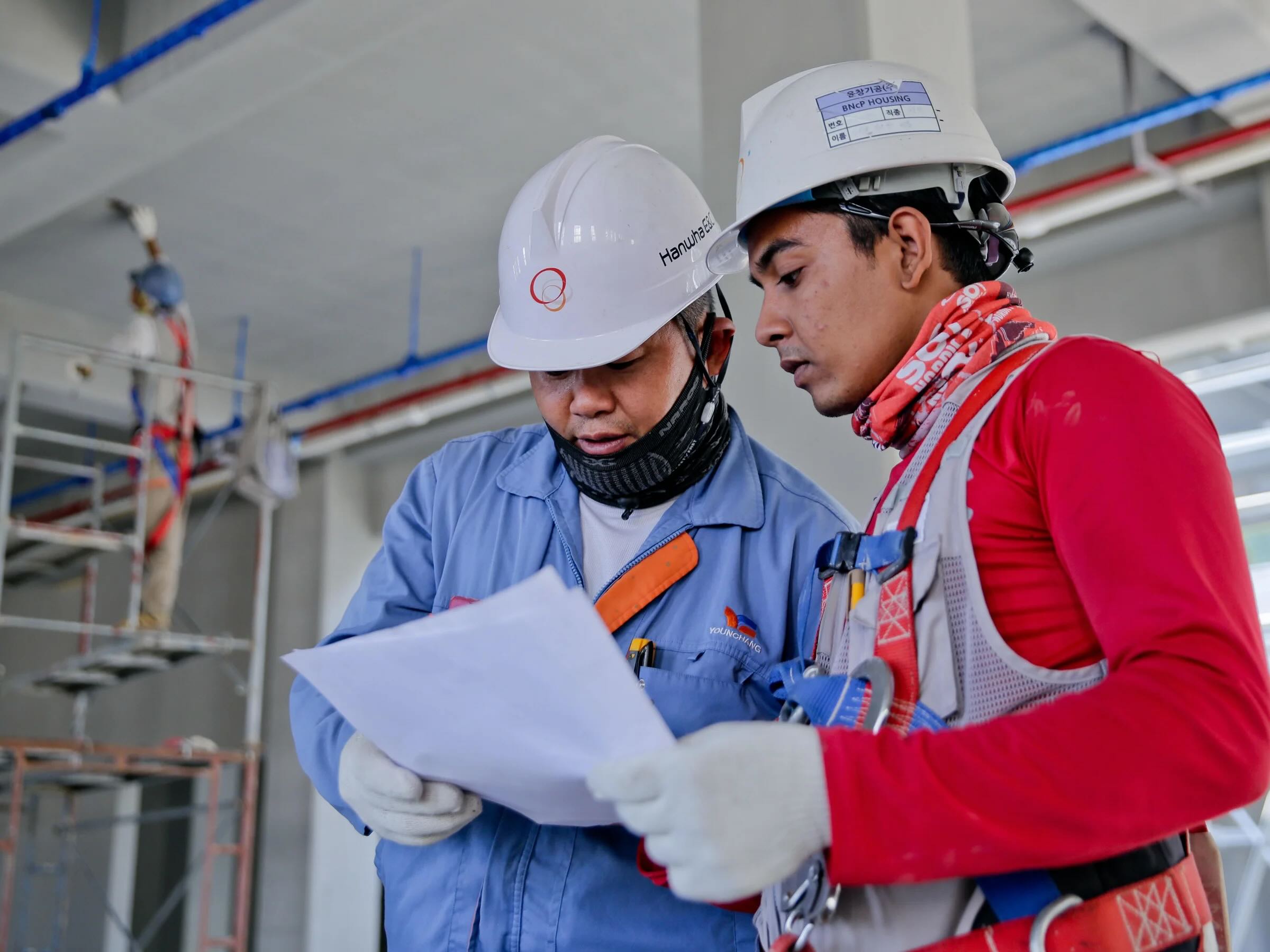
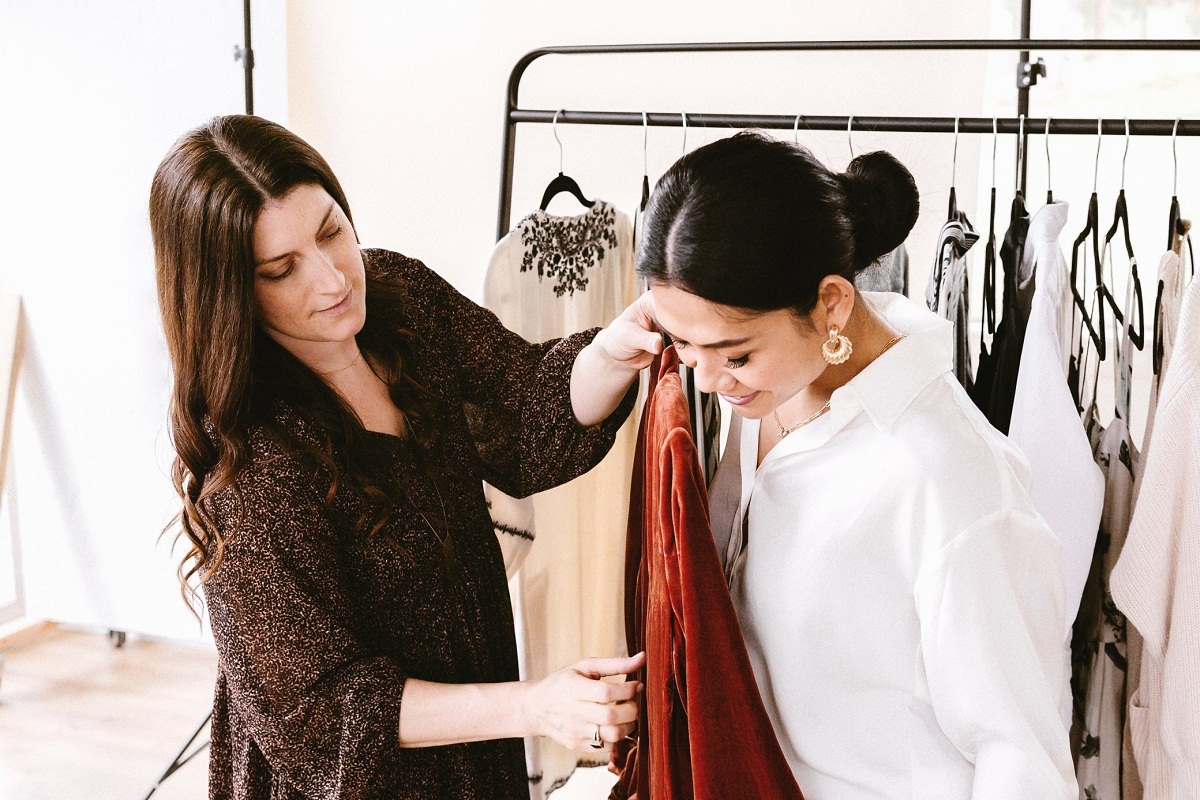
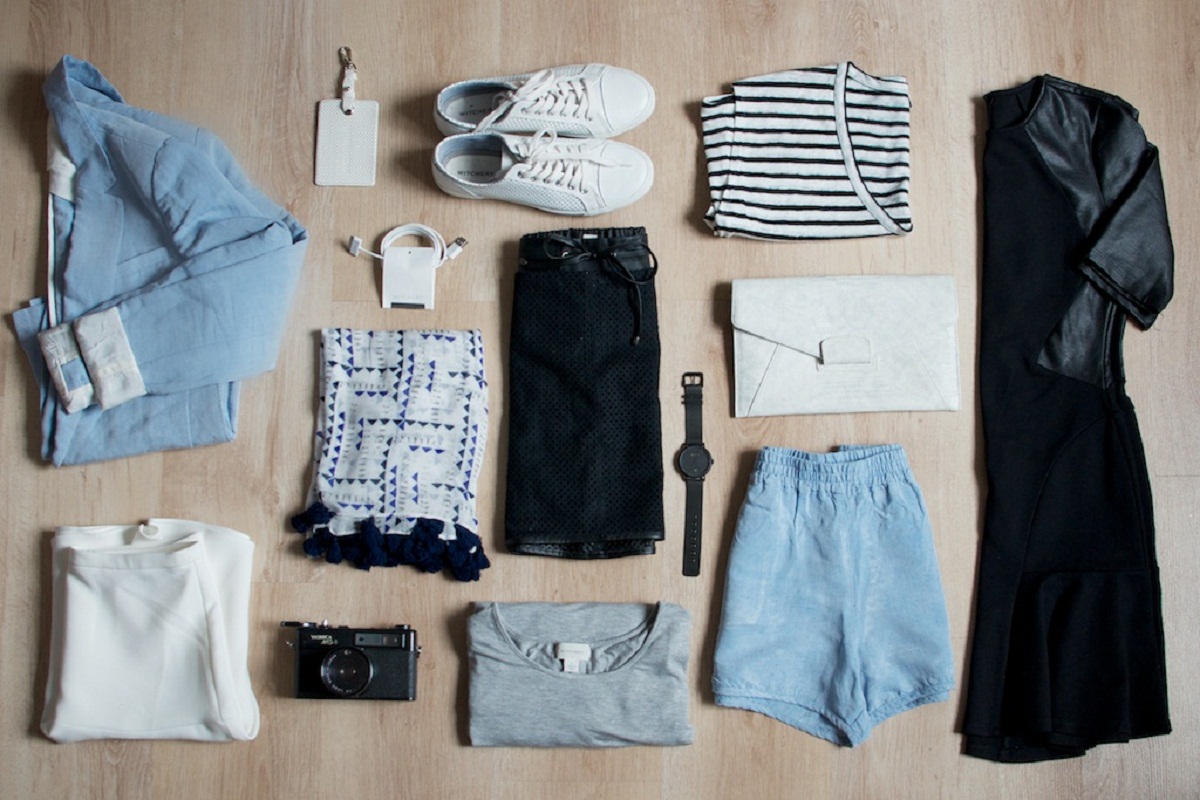
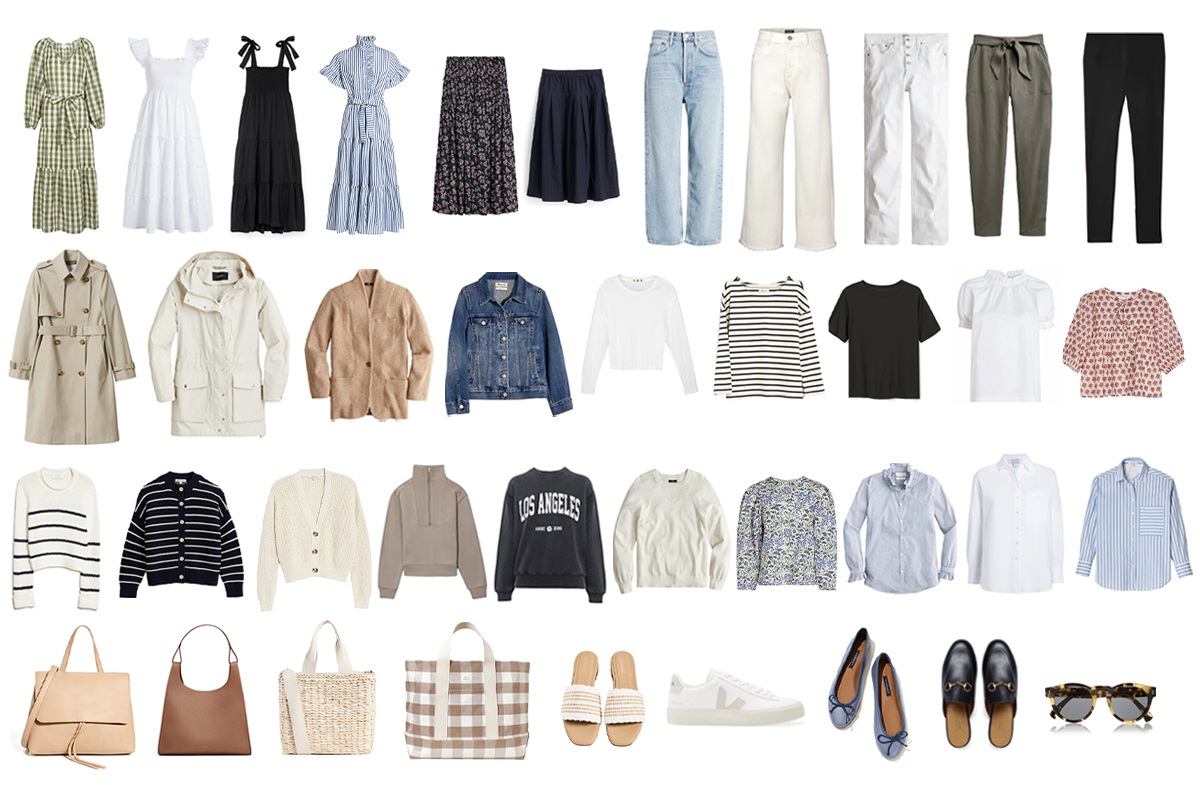
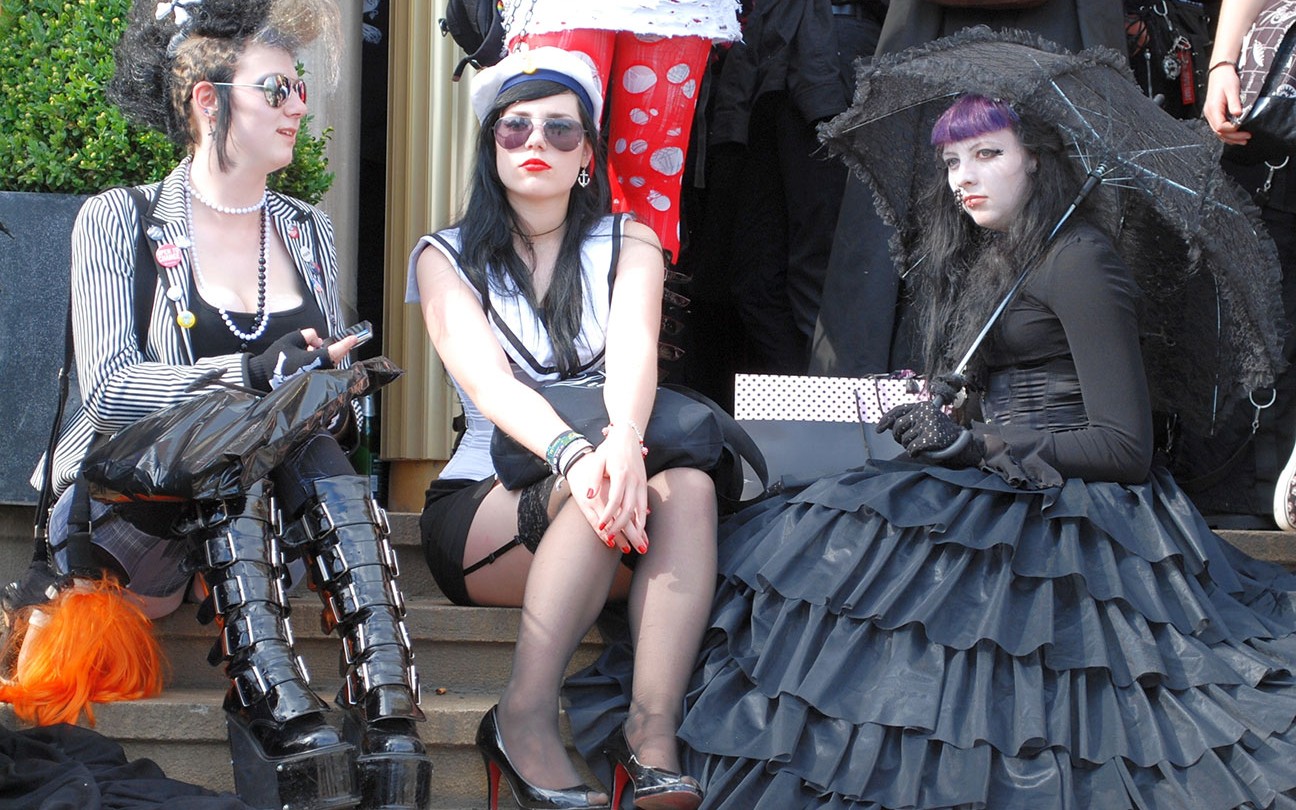

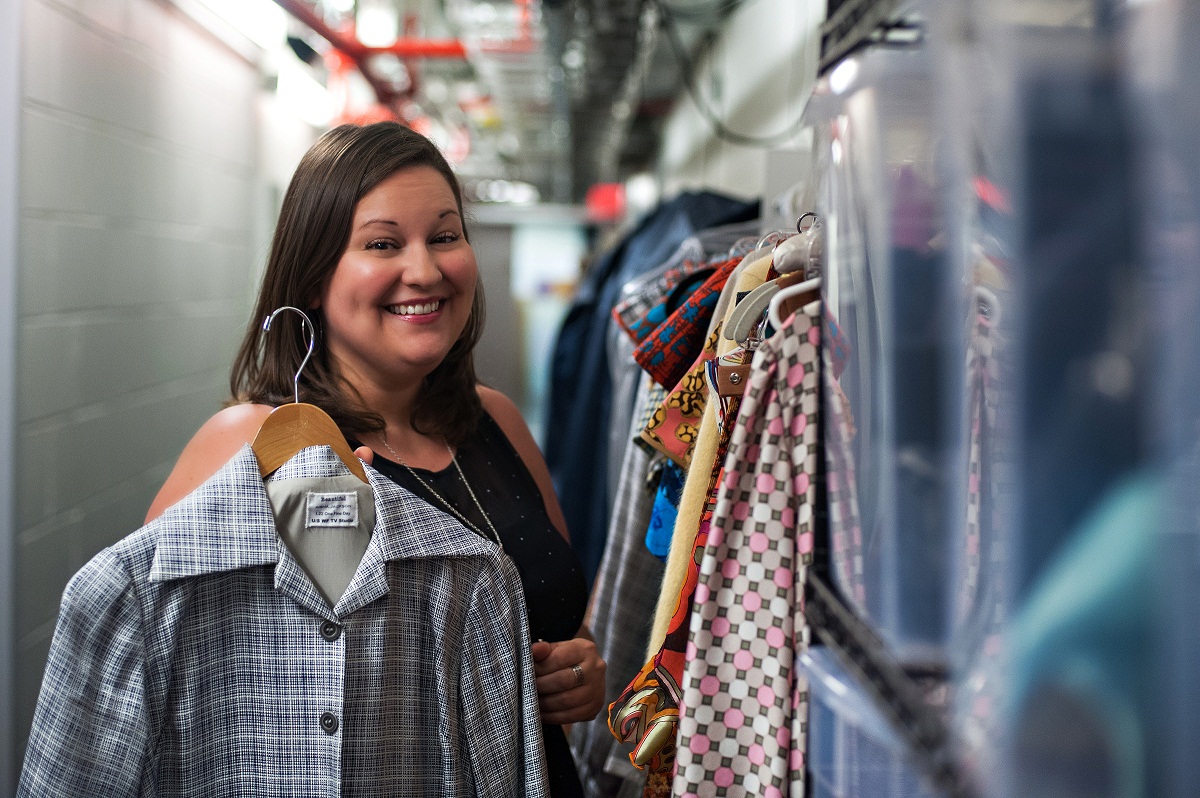
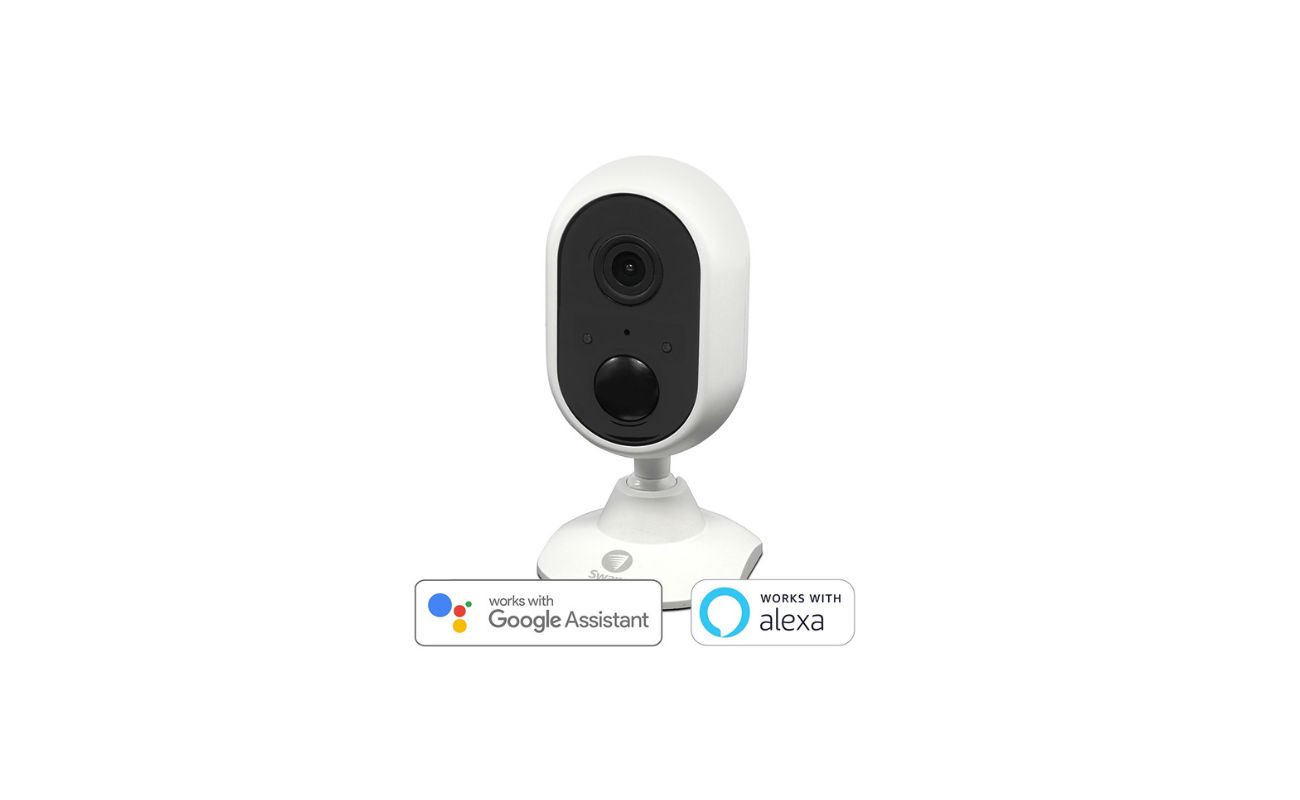

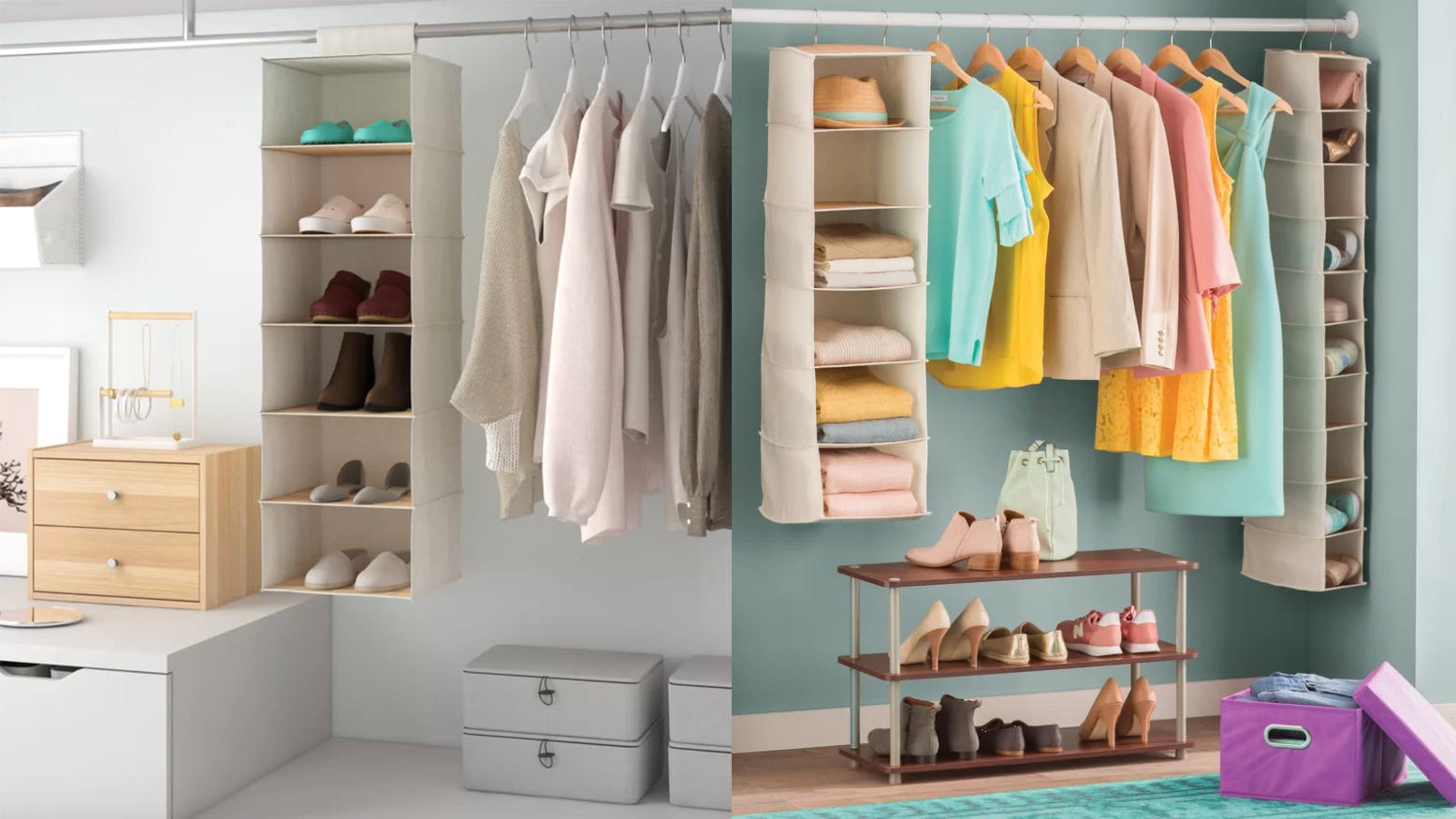

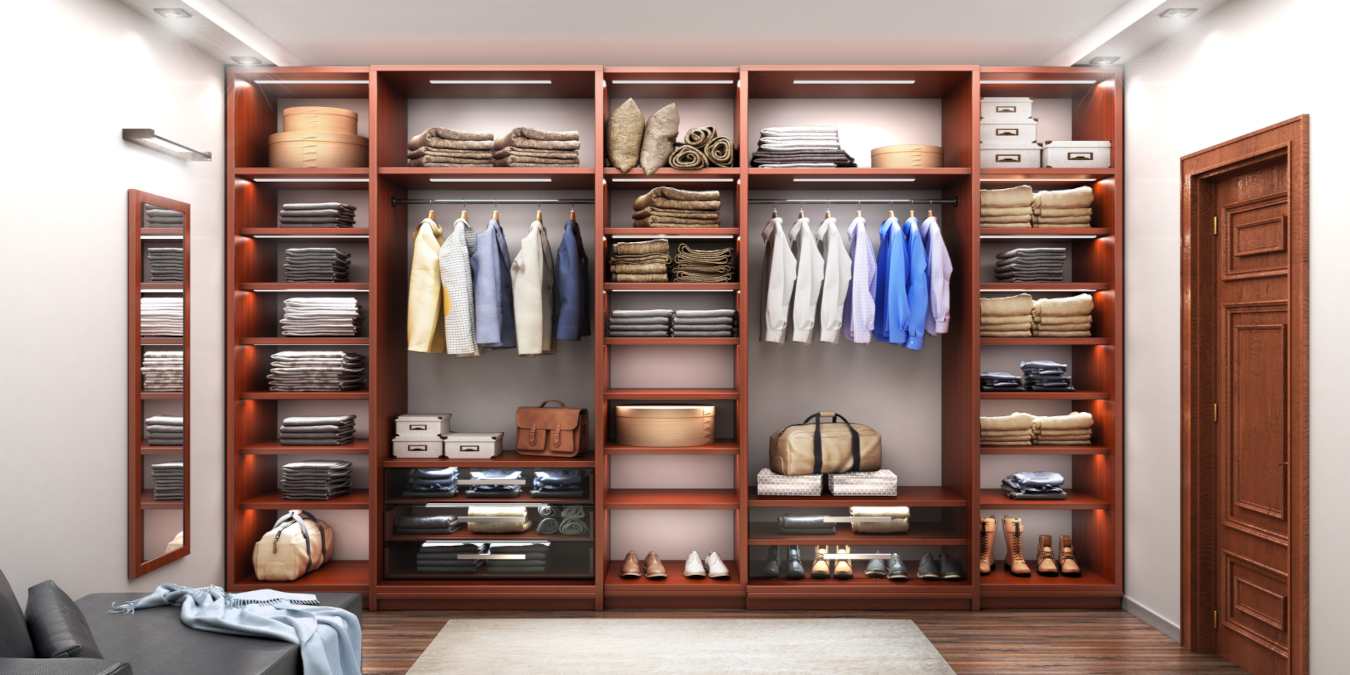
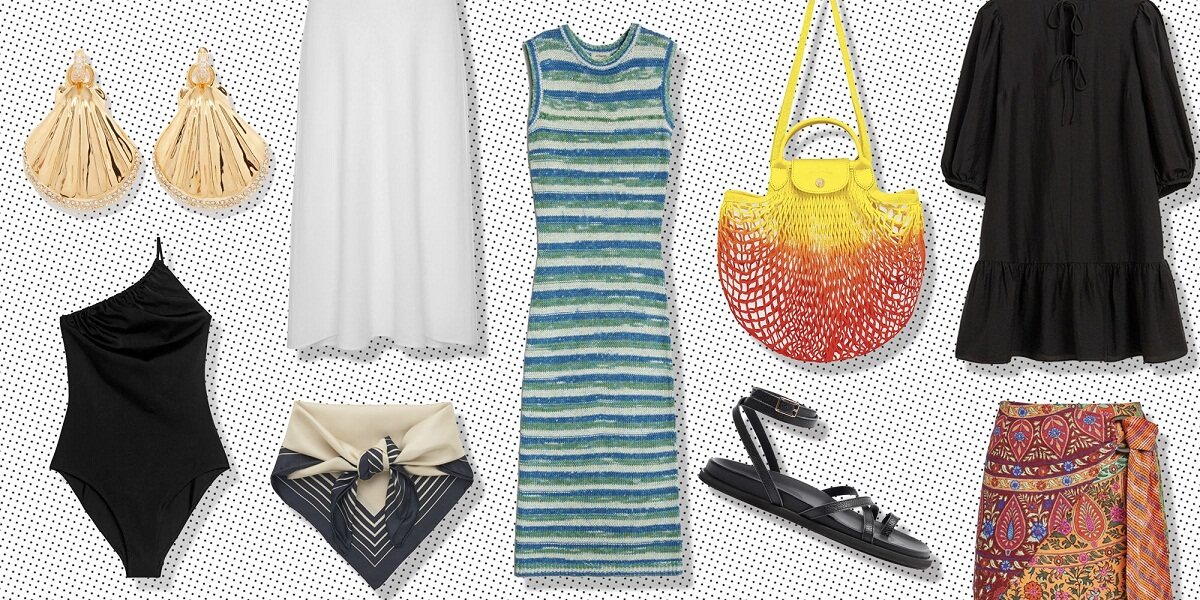

0 thoughts on “What Is A Wardrobe Assistant”